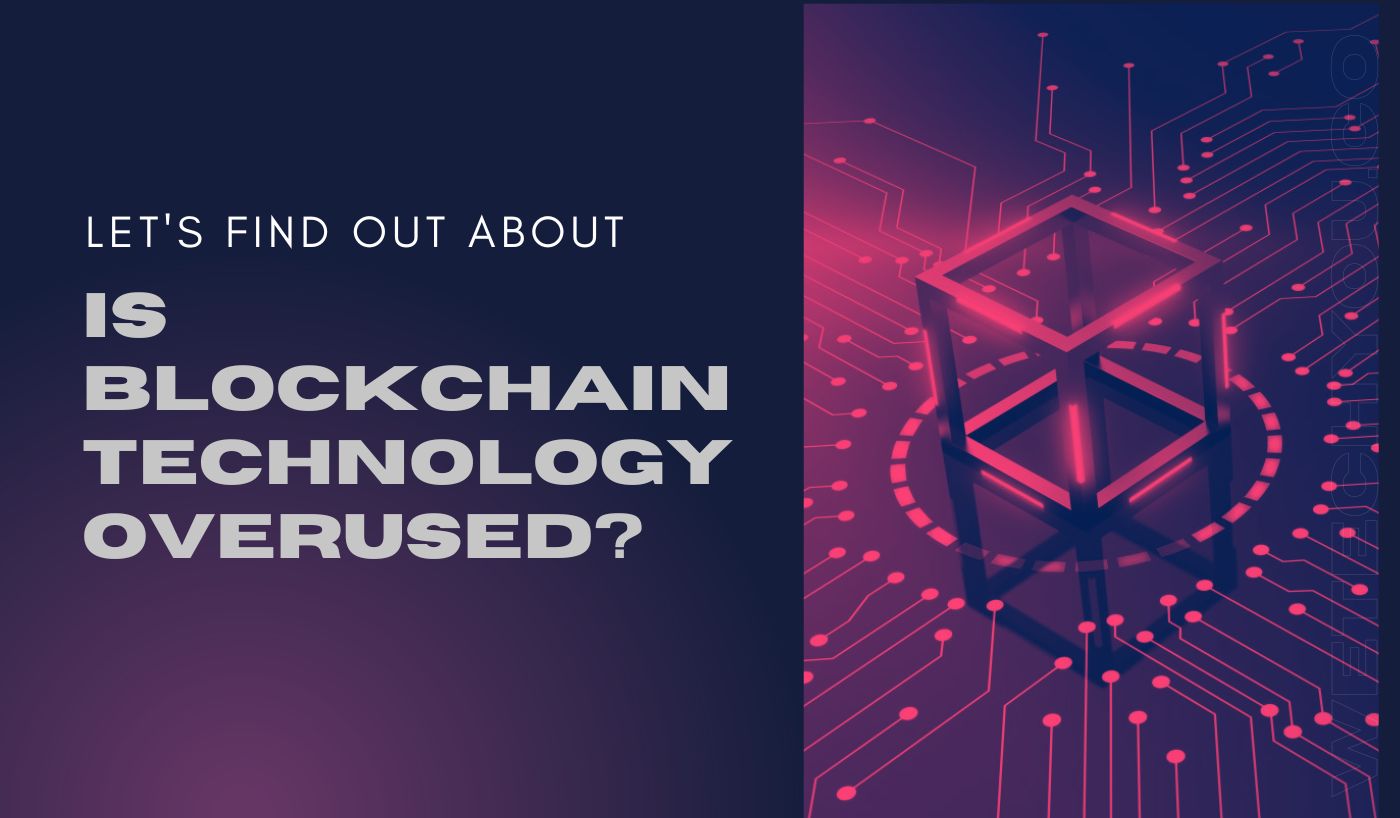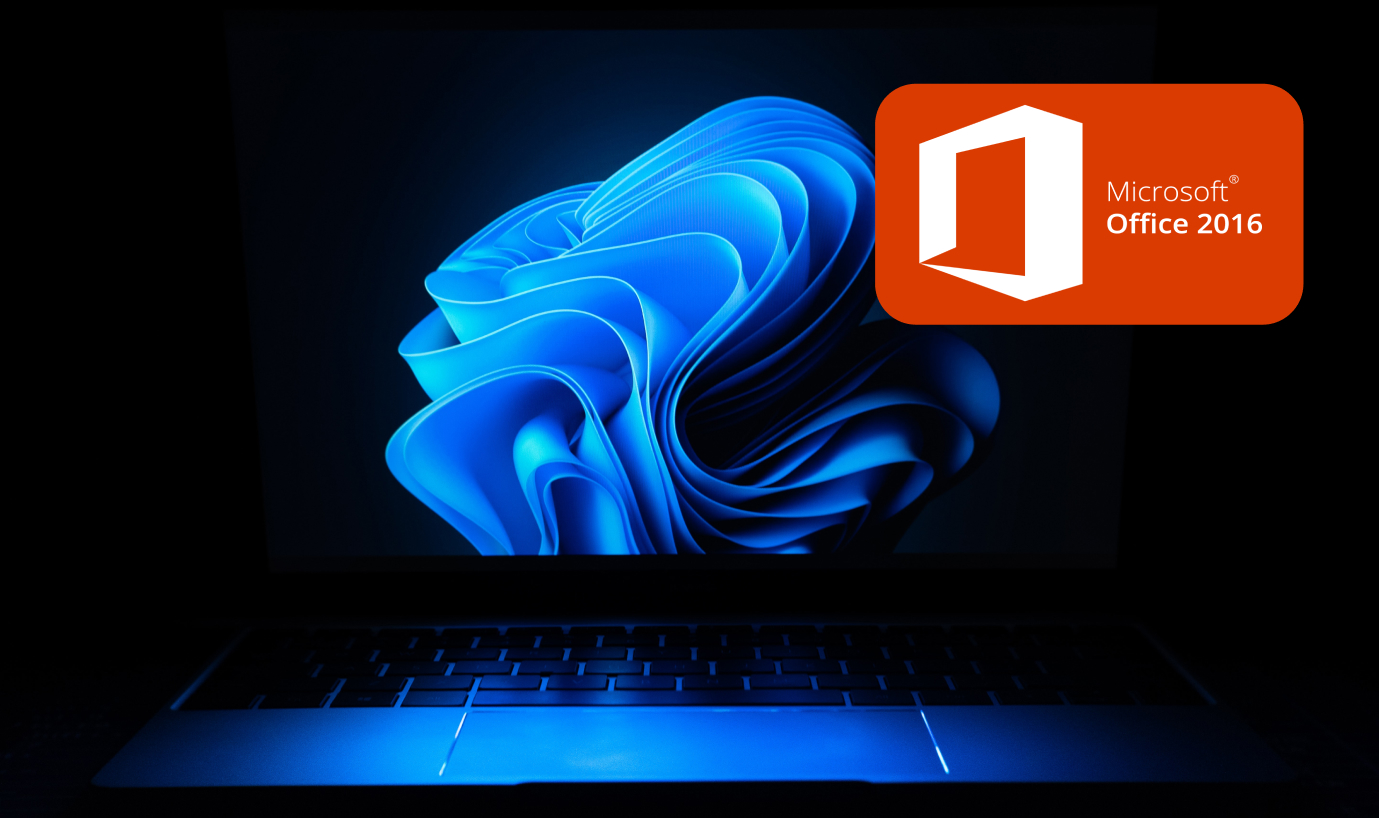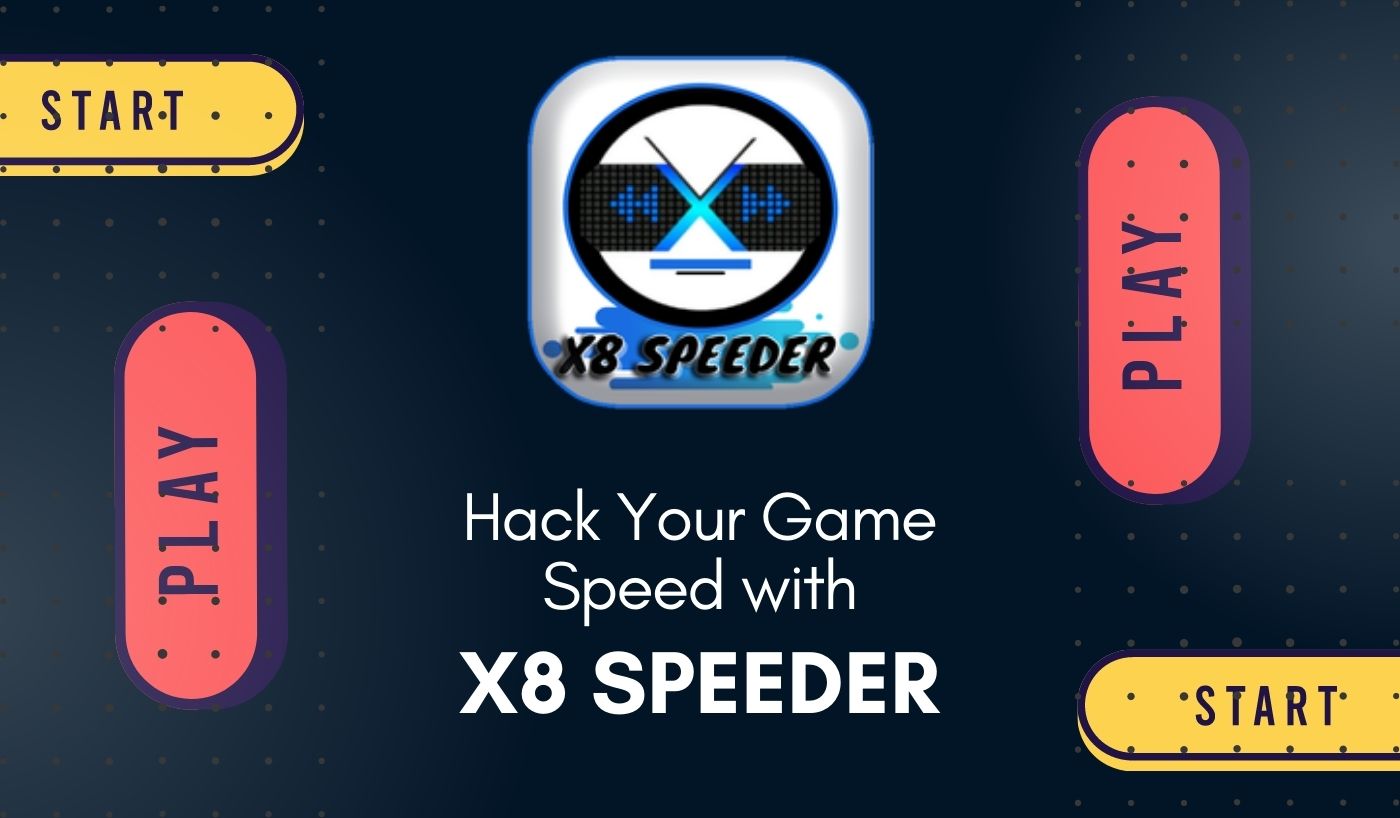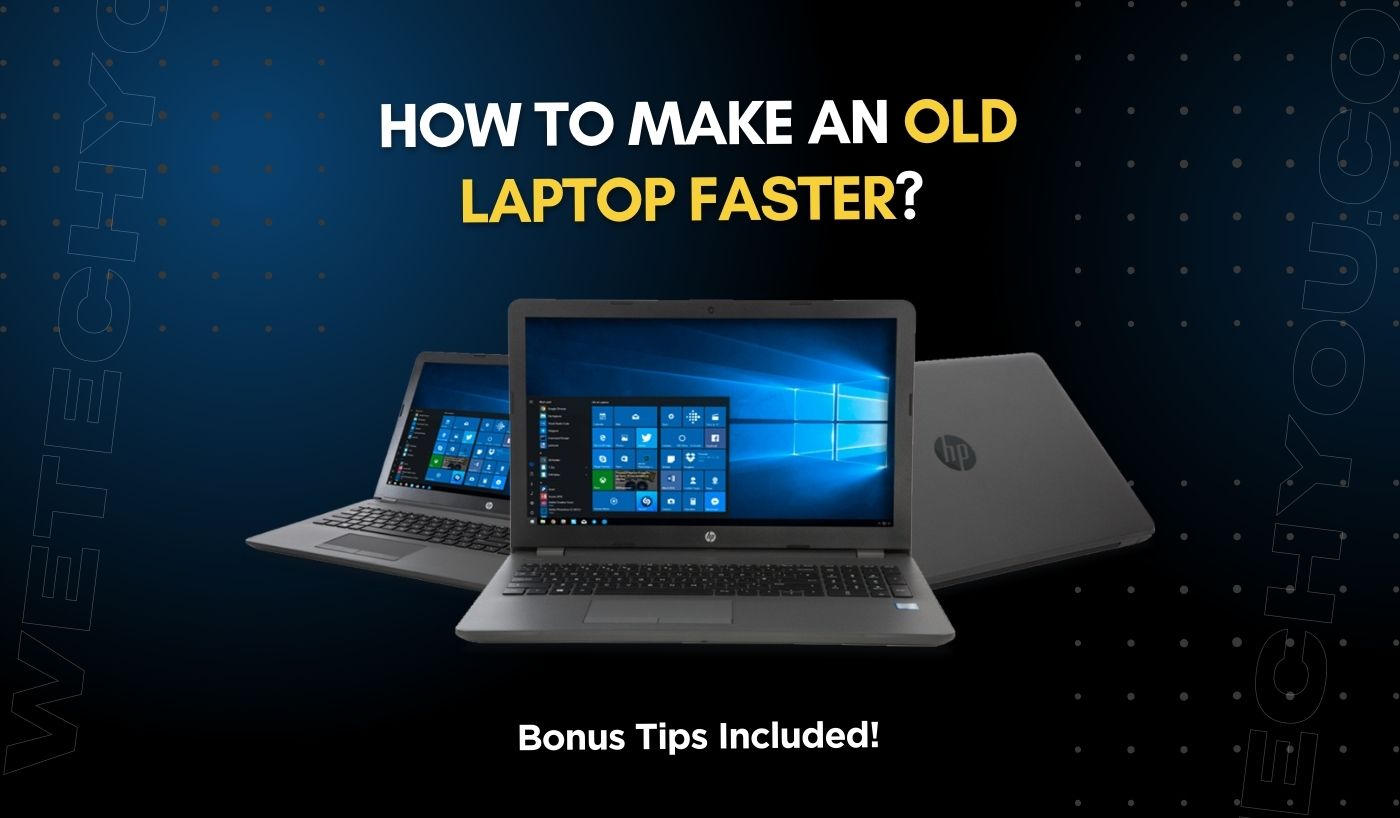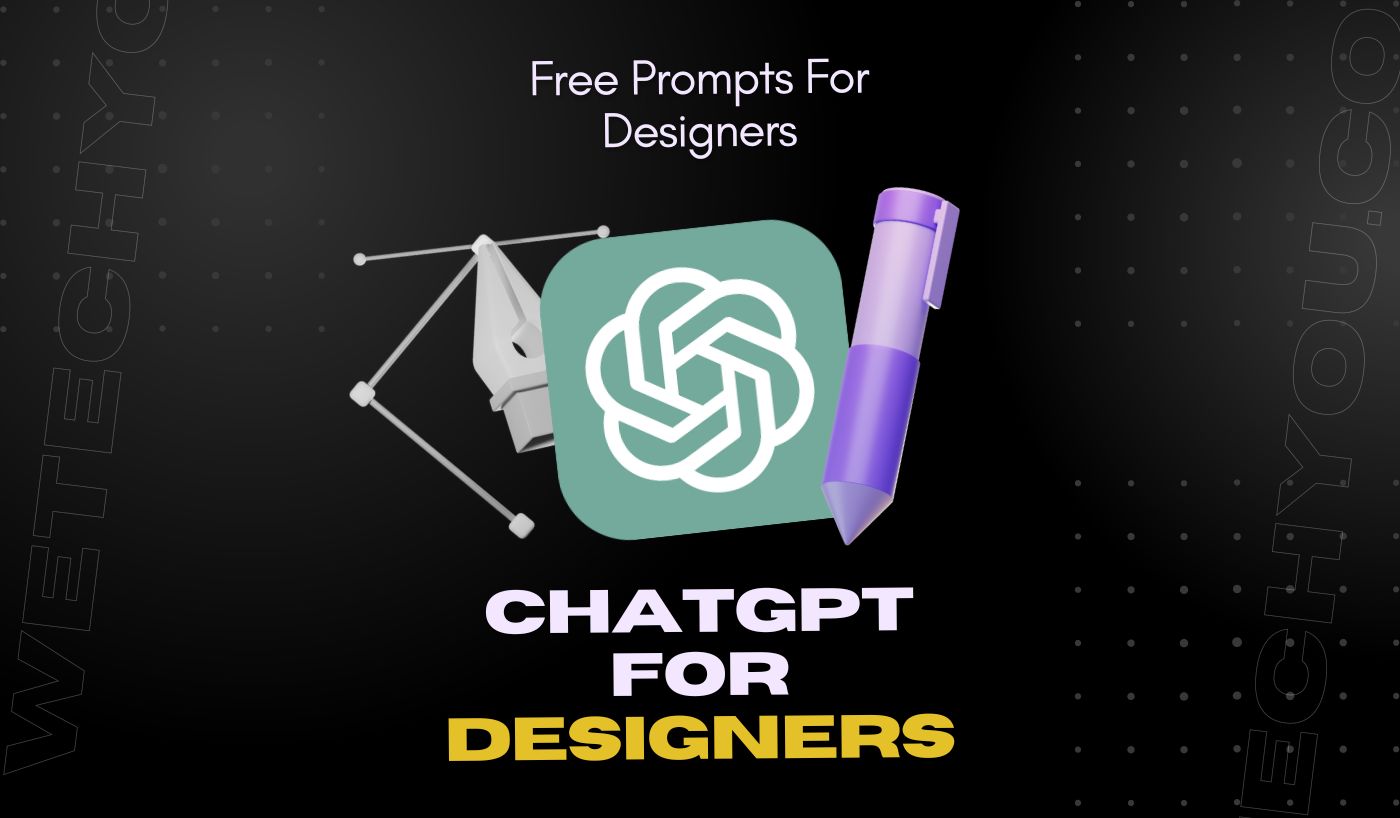Has blockchain technology gone a little too far?
In my view, blockchain is both overused and poorly understood from a practical standpoint. Despite the enormous financial rewards, very few people appear to be fully aware of the nature and functioning of the technology. In other words, people are putting their money and other assets at risk for a concept they don’t completely understand.
Regardless of how the development of blockchain technology appears promising, it may not be the solution to every business issue we face. Blockchain adoption has challenges even though Bitcoin is a common phrase and it is ready to enter every possible business.
So what issues does blockchain have? What barriers to blockchain adoption exist, and how might they be removed?
How Does Blockchain Work?
Bitcoin is the first phrase that comes to mind when we think of blockchain, and for the majority of us, it means cryptocurrencies.
The two, however, are distinct. Cryptocurrency is a product that uses the blockchain as its operating system.
A network of nodes is what a blockchain is. Nodes are hardware components that are using the software to connect to that blockchain. Every data exchange or transaction that takes place on the blockchain is validated by nodes making Blockchain a decentralised and open system since most open blockchains let anyone set up and run a node.
While cryptocurrency is the most common application of blockchain, it is not limited to digital coins. Some have created blockchains that can circulate videos, pictures, documents, tokens, and various types of data.
Challenges of Blockchain Technology
Because of its numerous flaws, blockchain solutions are not likely to be widely adopted. Below, we walk you through a variety of blockchain-related problems you may not have recognised.
Identity Proof
With several devices, it is simpler for criminal organisations to access a blockchain and buy more votes for themselves because Blockchains are extremely democratic. They use various voting methods to reach a decision. In this case, each node with an identity receives a vote. The majority wins! There are issues with proof of identity consensus algorithms, such as the exclusion of minorities or smaller blockchain networks being manipulated.
Security
Blockchains, no matter how secure they appear, are only as strong as their weak point.
This means that the device in a blockchain that is the simplest to attack poses a risk to the confidentiality of the entire blockchain. Unfortunately, blockchains also have other issues.
A blockchain may make it nearly impossible to fabricate transactions, but it is still possible to have a false transaction authorised.
Transparency
Complete transparency isn’t useful when working in a professional setting because it gives everyone access to real-time information about what everyone else is doing.
However, using public blockchain (the most common form) in a corporate environment isn’t necessarily a smart move. Why? Because if a supply chain is transparent, all of the customer and partner data associated with that business will also be.
There are also private blockchains, which can prevent users from seeing specific transactions, but they have drawbacks. A private blockchain isn’t completely decentralised because it might limit who can act as a node, which lowers public confidence in the outcome.
Consumption of energy
More energy is used by blockchain technology than by any centralised system. They require more energy than a typical centralised cloud-based system not just because of their backup, but also because of the way they validate transactions, which is very important.
They are more storage-intensive than any other system, to start. The number of nodes added to a blockchain multiplies the amount of electricity required. Nearly as much data is stored and processed by each node like the central body in any other system.
Is Blockchain the answer you’re looking for?
A distributed ledger technology called blockchain is intended to create open and decentralised platforms. It might appear secure, exclusive, democratic, but it is not really secure.
If you believe that blockchain’s transparency is its greatest asset, just wait until your medical records are kept at a hospital that uses the technology.
Because there are no established regulations governing blockchains, you cannot regulate or scale them without using all of your resources. Blockchain-stored information and evidence aren’t even taken seriously in court. As a result, even with its proposed potential applications, blockchain technology may be viewed as an overused term that companies rebrand to sell their services more effectively today.
